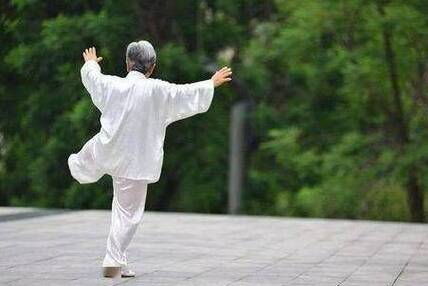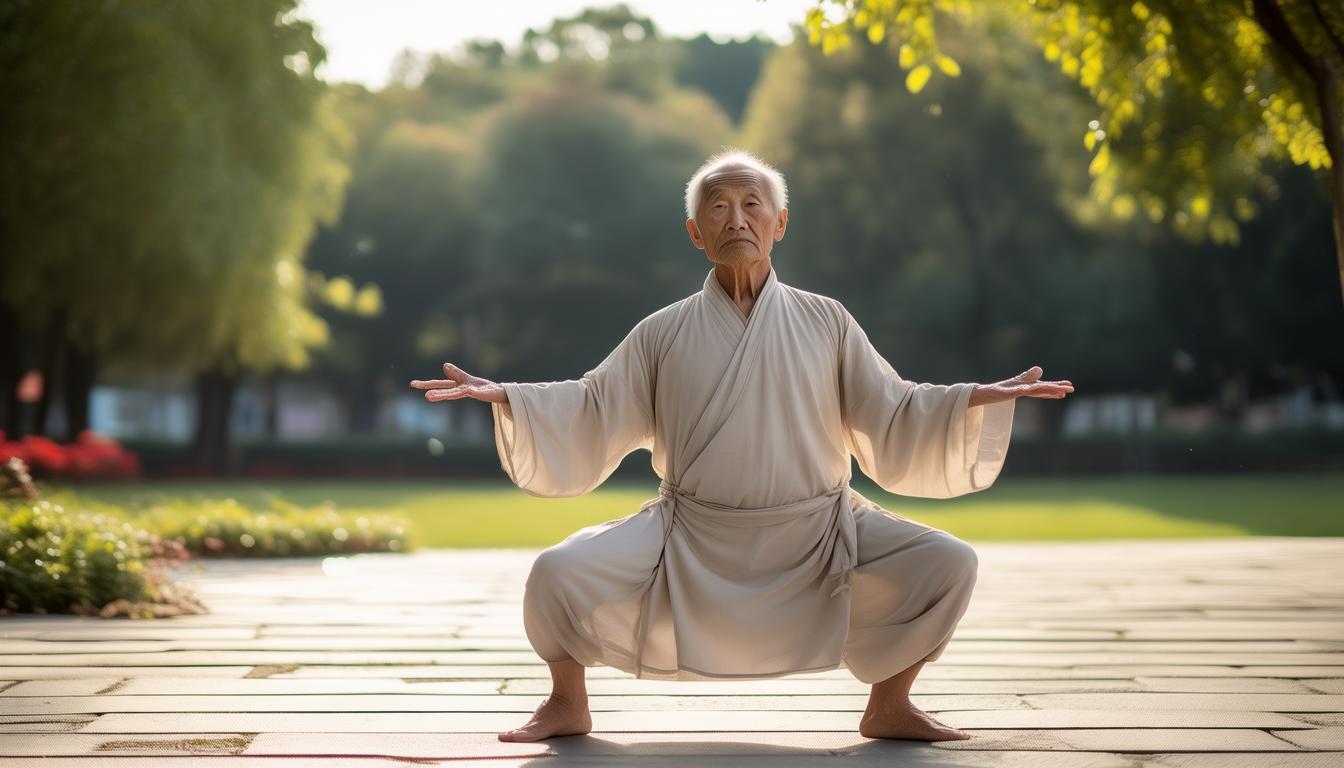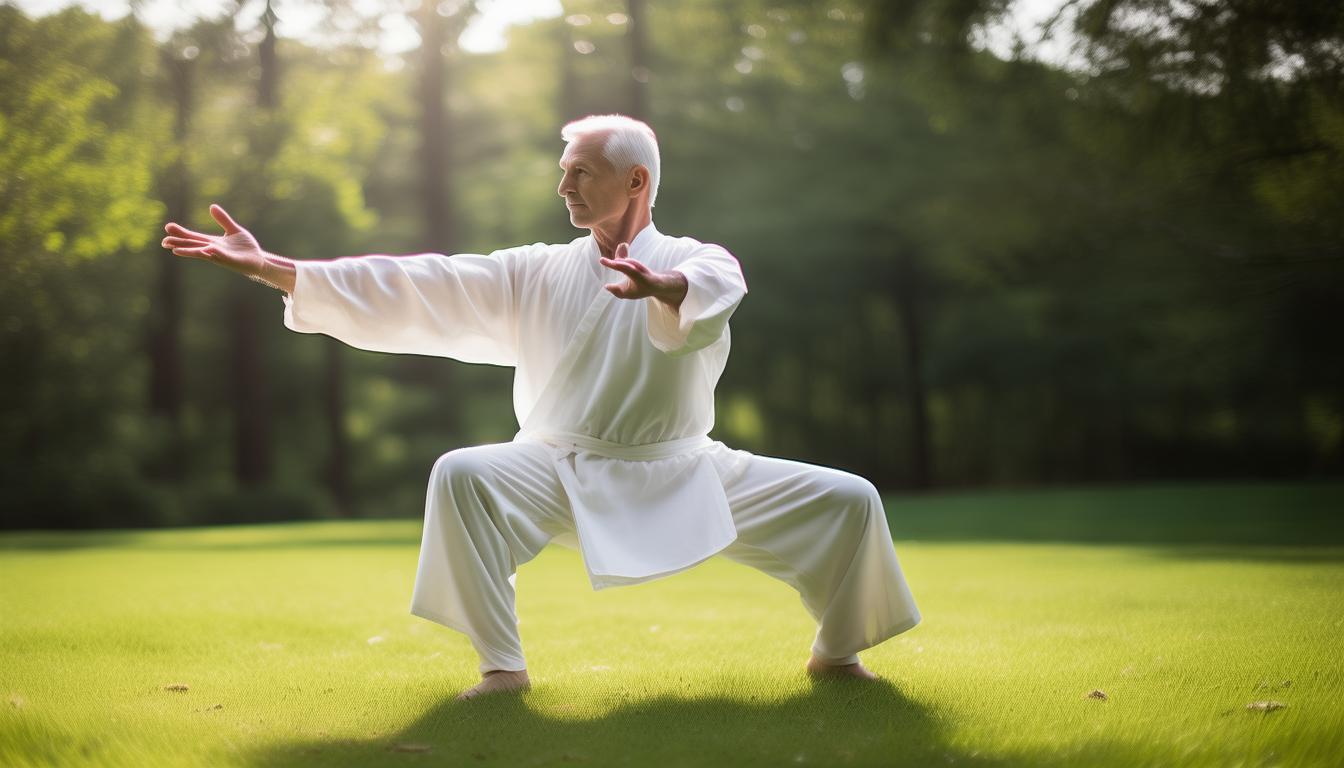Tai chi is not just a slow, graceful form of exercise; it is also a powerful self-defense art. It combines balance, fluid movements, and an understanding of one's opponent.
Tai Chi Movements
Tai chi movements are slow yet purposeful. Each movement is like a building block of defense. For example, the circular motions can be used to redirect an attacker's force. It's like a flowing river that doesn't fight the incoming water but guides it away . Tai chi also teaches body alignment. A well – aligned body can better withstand and transfer forces. When we practice these movements repeatedly, they become natural reflexes. This way, in a self – defense situation, our body knows how to respond.
Another aspect of tai chi movements for defense is their rhythm. It's not just about slow movements. There are subtle accelerations and decelerations. This rhythm can throw off an attacker's timing. We can use the sudden changes in speed to our advantage, catching the opponent off guard.

Mind and Intent
The mind plays a crucial role. In tai chi defense , we don't act impulsively. We are aware of the situation and the opponent's actions. It's a mental game as well. We project calmness, which can sometimes intimidate the attacker. Our intent is clear in every movement. We move not just our bodies but also our energy. It's like an invisible shield that we put up.
We also anticipate the opponent's moves. By observing and understanding body language,we can predict what they will do next. This anticipation allows us to be one step ahead in self-defense. Instead of reacting tai chi defense ,we can act preemptively in a sense.
Rooting and Stability
Rooting is a key concept. It gives us stability. We plant our feet firmly on the ground Tai Chi Lessons , like a tree with deep roots. This way, no matter how much force is exerted on us, we can't easily be pushed over. The distribution of weight is important too. We shift our weight subtly, just enough to maintain balance and transfer force effectively.
We also use the ground as a source of power. When defending, we can draw energy from the ground up through our legs. This power can then be used to parry attacks. Our connection to the ground gives us an anchor, and from that strong base, we can execute our defense techniques.
Practical Application
Once we have mastered the basics, it's important to practice in more realistic situations. Tai chi defense might not look like typical martial arts self – defense at first glance. But in close – quarters encounters,its principles work well. For example Tai Chi And Arthritis , dealing with a sudden grab or push. We use our body mechanics to break free.
To sum up, tai chi defense offers a unique and holistic approach to self-defense. It takes time and practice, but the results can be very effective. Have you ever considered learning tai chi for self-defense?






